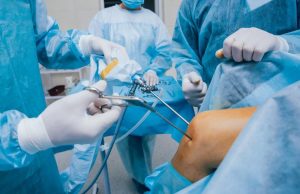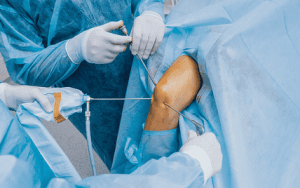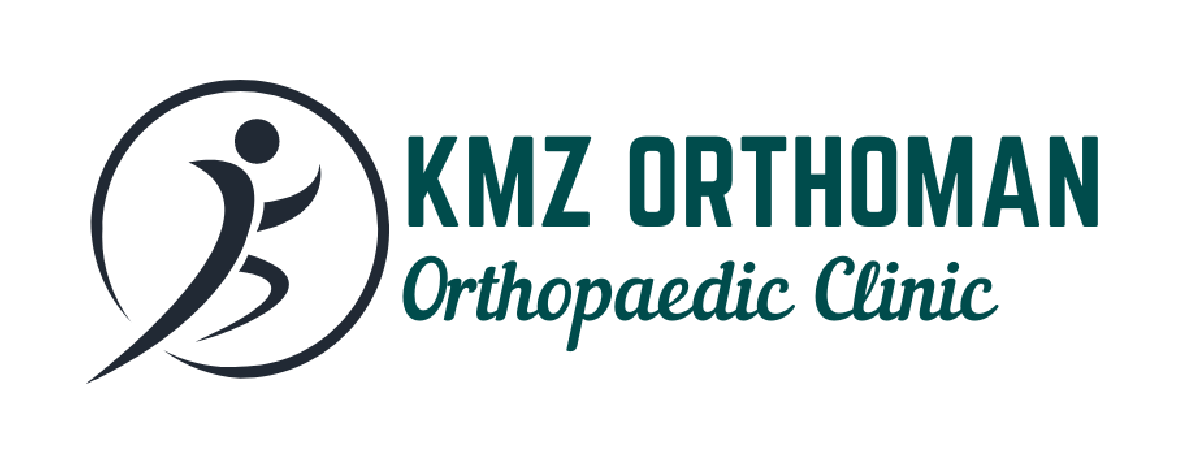Arthroscopic Surgeries: A Comprehensive Guide by KMZ Orthoman
Share This Story, Choose Your Platform!
Arthroscopic surgeries are a revolutionary procedure that allows doctors to diagnose and treat problems in a joint with minimal invasive.
This technique is celebrated for its efficiency and precision, offering patients a quicker recovery and less postoperative discomfort than traditional open surgery.
At KMZ Orthoman, a leading orthopedic clinic in Klang Valley located at Hospital Pusrawi Sdn Bhd, Avisena Specialist Hospital, and Sri Kota Specialist Medical Centre, our expert orthopedic surgeon specialize in performing arthroscopic surgeries to address a variety of joint issues.
In this article, we will delve into the various aspects of arthroscopic surgeries, including their definition, symptoms that necessitate this procedure, diagnostic methods, treatment options, and the overall benefits of choosing this advanced surgical technique.
What is Arthroscopy?

Arthroscopy is a surgical procedure used to diagnose and treat problems inside a joint.
It involves the use of an arthroscope, a small fiber-optic video camera attached to a narrow tube, which is inserted into the joint through a small incision.
This minimally invasive procedure allows orthopedic surgeons to view the inside of a joint on a monitor and perform necessary surgical repairs without making large incisions.
The technique is commonly referred to as “keyhole surgery” due to the tiny incisions used.
Arthroscopy is performed to diagnose and treat a range of joint conditions that cause pain, swelling, or instability.
Common symptoms indicating the need for an arthroscopy include persistent joint pain, swelling, limited range of motion, and instability in the joint.
These symptoms can result from various conditions such as meniscal tears, ligament injuries, loose bodies of bone and cartilage inside the joint, and chronic joint diseases like arthritis.
At KMZ Orthoman, our specialists carefully evaluate each patient’s symptoms to determine if arthroscopy is the most suitable option.
Arthroscopic Surgeries: Addressing Symptoms
Arthroscopic surgery can be used to address a variety of symptoms and conditions across different joints in the body.
For example, knee arthroscopy is frequently used to treat meniscal tears, anterior cruciate ligament (ACL) injuries, and loose bodies in the knee joint.
Shoulder arthroscopy can address rotator cuff tears, shoulder impingement, and recurrent dislocations.
Other joints commonly treated with arthroscopy include the elbow, ankle, hip, and wrist.
Patients experiencing persistent pain, swelling, or dysfunction in these joints may benefit significantly from an arthroscopic procedure.
Diagnosing Joint Problems with Arthroscopy

Before recommending arthroscopy, our orthopedic surgeons at KMZ Orthoman conduct a thorough evaluation of the patient’s condition.
This typically includes a detailed medical history, physical examination, and imaging studies such as X-rays, MRI scans, or CT scans.
These diagnostic tools help identify the extent of the joint damage and guide the surgical approach.
In some cases, the exact nature of the joint problem may not be clear from these tests alone, making arthroscopy a valuable diagnostic tool that allows the surgeon to view the inside of the joint directly.
Depending on the joints involved and the patient’s overall health, the surgery may be performed under spinal, or general anesthesia.
During the procedure, the surgeon makes small incisions around the joint and inserts the arthroscope.
The camera on the arthroscope transmits images to a monitor, allowing the surgeon to examine the joint in detail.
If surgical repair is needed, additional small incisions are made to insert specialized instruments.
For instance, in knee arthroscopy, the surgeon may repair or trim a torn meniscus, reconstruct a torn ligament, or remove loose bodies of bone and cartilage.
The entire procedure typically takes about an hour, though this can vary based on the complexity of the problem being treated.
Recovery and Rehabilitation Arthroscopic Surgery
Recovery from arthroscopic surgery is generally faster and less painful than recovery from open surgery.
However, the exact recovery timeline can vary depending on the specific procedure and the patient’s overall health.
Patients may experience some pain, swelling, bruising, and stiffness in the affected joint after the surgery.
Pain relief medications, ice packs, and elevation of the joint can help manage these symptoms.
At KMZ Orthoman, we emphasize the importance of postoperative care and rehabilitation.
Patients may be advised to keep the affected joint elevated, apply ice packs to reduce swelling and wear a pressure stocking or brace for support.
Physical therapy plays a crucial role in recovery, helping to strengthen the muscles around the joint, restore range of motion, and prevent stiffness.
Our team of physiotherapists works closely with patients to develop customized rehabilitation plans that promote optimal recovery.
While arthroscopy is considered a safe procedure, like any surgery, it carries some risks.
Potential complications include infection, deep vein thrombosis (blood clots),.re-tear of repaired meniscus and stiffness of the joint.
However, these complications are relatively rare, occurring in less than 1% of all arthroscopic procedures.
Patients need to follow postoperative care instructions closely and report any concerning symptoms, such as high fever, severe pain, redness or swelling around the wounds, numbness, or foul-smelling fluid leaking from the incisions, to their doctor immediately.

Conclusion
Arthroscopic surgery is a highly effective and minimally invasive technique for diagnosing and treating a wide range of joint problems.
At KMZ Orthoman, we are dedicated to providing our patients with the highest standard of care, utilizing the latest advancements in arthroscopic surgery to ensure optimal outcomes.
Our experienced orthopedic surgeon, state-of-the-art facilities, and comprehensive rehabilitation programs make us a leading choice for patients seeking relief from joint pain and dysfunction in Klang Valley.
If you are experiencing joint issues and considering arthroscopic surgery, we invite you to schedule a consultation with our specialists at KMZ Orthoman to discuss your treatment options and take the first step towards improved joint health and mobility.

